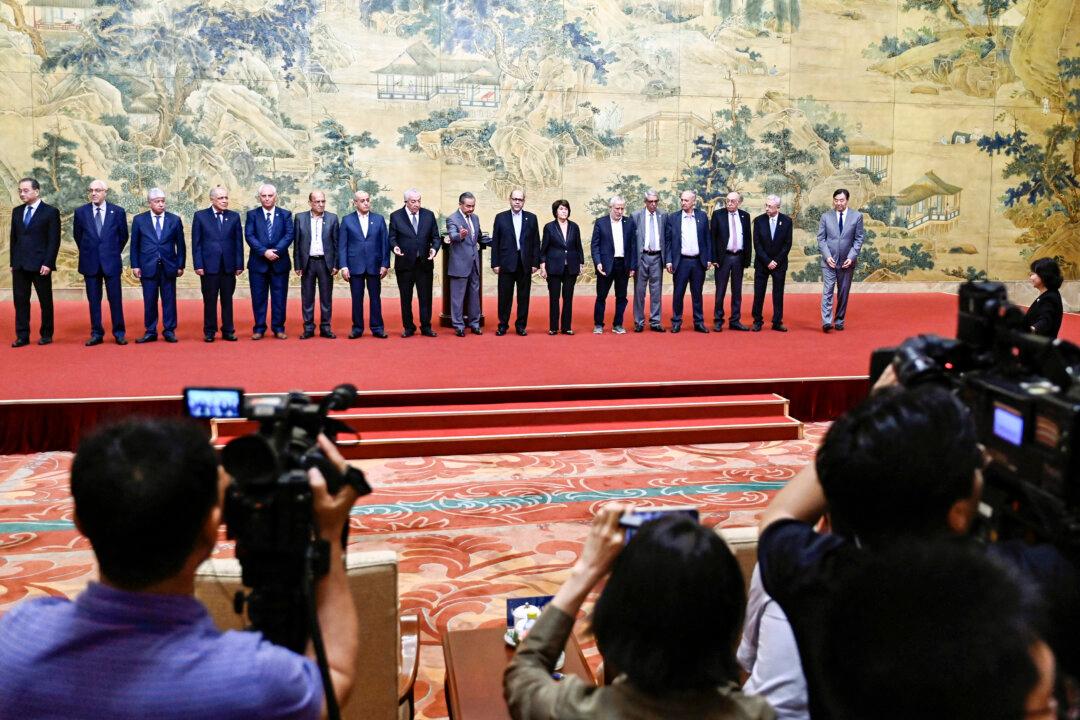Does Iran’s downing of a rather expensive U.S. drone on June 20 signal a new level of aggression by the radical Islamic regime? Perhaps. But in one respect, it also clarifies a few issues.
I say this because U.S. Secretary of State Mike Pompeo issued a new policy regarding Iran and the United States. It’s simple and direct: Any U.S. deaths by Iranian proxies would result in a U.S. military response against Iran. Not just against their proxies, but against Iran itself.





